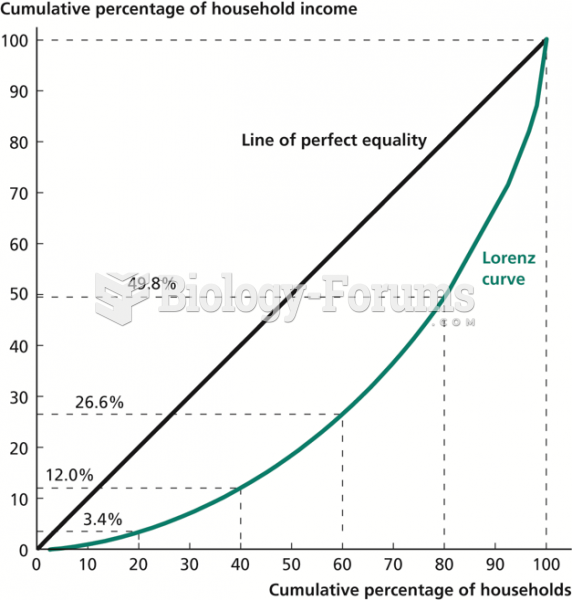Exhibit 17-1 Accuraphoto USA (AUSA) owns the Accuraphoto trademark in the United States. AUSA produces the SureShot camera, which is known to consumers as a moderately priced quality product. AUSA entered into a contract with Honshu Photographic, Inc (HPI), a Japanese corporation. Pursuant to the terms of the contract, HPI was permitted to manufacture and market SureShot cameras utilizing the Accuraphoto trademark in return for payment of royalties based upon a percentage of HPI's sales. After producing SureShot cameras for a short time at its Japanese facility, HPI moved production to its facility in the Philippines in order to reduce labor costs. The cameras produced at the Philippine facility utilized the Accuraphoto trademark but were marketed under the name SharpShot. Additionally, these cameras contained improved electronic features incorporated into the product by HPI engineers. Despite the inclusion of these improvements, SharpShot cameras proved to be of inferior quality. Furthermore, SharpShot cameras have begun to show up on the shelves of U.S. discount retailers such as K-Mart and Wal-Mart. Additionally, several SharpShot cameras have been sent by American consumers to AUSA's American facilities for repair. Finally, HPI has refused to share access with AUSA to the electronic improvements incorporated into the SharpShot on the basis that they are confidential proprietary information. Refer to Exhibit 17-1. What remedies may AUSA seek against HPI as a result of its conduct? What do these remedies provide?
Question 2
Exhibit 17-1 Accuraphoto USA (AUSA) owns the Accuraphoto trademark in the United States. AUSA produces the SureShot camera, which is known to consumers as a moderately priced quality product. AUSA entered into a contract with Honshu Photographic, Inc (HPI), a Japanese corporation. Pursuant to the terms of the contract, HPI was permitted to manufacture and market SureShot cameras utilizing the Accuraphoto trademark in return for payment of royalties based upon a percentage of HPI's sales. After producing SureShot cameras for a short time at its Japanese facility, HPI moved production to its facility in the Philippines in order to reduce labor costs. The cameras produced at the Philippine facility utilized the Accuraphoto trademark but were marketed under the name SharpShot. Additionally, these cameras contained improved electronic features incorporated into the product by HPI engineers. Despite the inclusion of these improvements, SharpShot cameras proved to be of inferior quality. Furthermore, SharpShot cameras have begun to show up on the shelves of U.S. discount retailers such as K-Mart and Wal-Mart. Additionally, several SharpShot cameras have been sent by American consumers to AUSA's American facilities for repair. Finally, HPI has refused to share access with AUSA to the electronic improvements incorporated into the SharpShot on the basis that they are confidential proprietary information. Refer to Exhibit 17-1. What terms could AUSA have included in its contract with HPI that could have avoided this legal morass?






